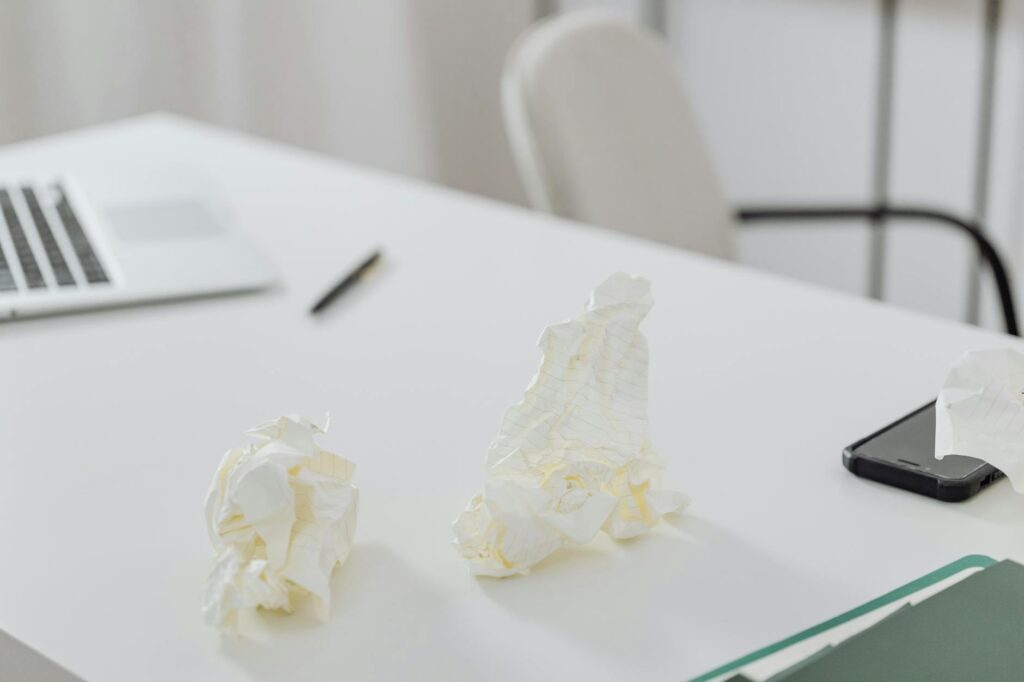What is intentional distraction techniques?

What is intentional distraction techniques?
In our fast-paced world, distractions are everywhere. They can be detrimental to focus and productivity. However, what if I told you that some distractions can actually be intentional and beneficial? This is the essence of intentional distraction techniques—strategies that help refocus our minds and enhance productivity. By integrating these techniques into my daily routine, I’ve discovered a new level of focus and efficiency.
Understanding Intentional Distraction Techniques
Intentional distraction techniques are purposeful strategies used to redirect our attention away from a task that may be causing stress or mental fatigue. Unlike unintentional distractions, which can derail our focus unexpectedly—like a phone notification or a loud conversation—intentional distractions are planned and engaged with the goal of rejuvenating our focus.
Definition and Purpose of Intentional Distraction
At its core, intentional distraction is about strategically stepping away from a task to refresh the mind. The purpose of these techniques is to create a mental break, allowing us to return to our work with renewed energy and clarity. For instance, I often find that taking a short walk or engaging in a brief creative activity can help clear my mind and enhance my problem-solving abilities. This approach aligns well with findings from studies that show how distraction techniques can alleviate stress and enhance focus (source).
Difference Between Intentional and Unintentional Distractions
Intentional distractions are planned. You decide when and how to engage with them. For example, setting aside 10 minutes to doodle or meditate is an intentional distraction. On the other hand, unintentional distractions are often disruptive and unwanted, such as your phone ringing during an important meeting. Understanding this distinction is crucial, as it allows you to harness the power of distraction rather than be overwhelmed by it.
Types of Intentional Distraction Techniques
There are several effective techniques that can help in managing distractions intentionally. Here are a few that have worked well for me.
Time Chunking and Breaks
One of the most effective methods I’ve adopted is time chunking—working in short, focused bursts followed by intentional breaks. For instance, I use the Pomodoro Technique, where I work for 25 minutes and then take a 5-minute break. During these breaks, I might stretch, grab a snack, or simply step outside for fresh air. This structured approach not only refreshes my mind but also boosts my overall productivity.
Mindfulness and Meditation
Incorporating short mindfulness exercises into my routine has been another game changer. Even a few minutes of deep breathing or guided meditation can help reset my focus. When I feel overwhelmed, a quick mindfulness session allows me to step back and gain perspective. Research shows that such practices can significantly improve emotional regulation and cognitive clarity (source).

Photo by Kaboompics.com
Creative Outlets
Engaging in creative activities as intentional distractions is another effective technique. Whether it’s doodling, playing a musical instrument, or crafting, these activities allow the brain to shift gears. I’ve discovered that such creative breaks often lead to new insights and solutions to problems I was previously stuck on. It’s fascinating how the brain can make connections when we allow it to wander freely.
Benefits of Intentional Distraction Techniques
The advantages of using intentional distraction techniques are profound. They not only enhance productivity but also contribute to overall well-being.
Enhanced Focus and Productivity
One major benefit I’ve experienced is enhanced focus. By allowing myself intentional distractions, I find that I can concentrate better on the tasks at hand after a refreshing break. Studies confirm that taking short, scheduled breaks can lead to improved performance and focus (source). This is because our brains are not wired for prolonged concentration without breaks.
Reduction of Burnout and Stress
Another significant advantage is the reduction of burnout and stress. When I integrate intentional distractions into my routine, I notice a decrease in feelings of overwhelm and fatigue. The short breaks serve as a mental reset, allowing me to tackle challenges with renewed vigor. This aligns with findings that distraction techniques can help manage intrusive thoughts and emotional distress (source).
Implementing Intentional Distraction Techniques in Daily Life
Incorporating intentional distraction techniques into my daily routine has been transformative. Here’s how you can do it too.
Creating a Distraction Schedule
One practical approach is to create a distraction schedule. Allocate specific times for breaks or intentional distractions throughout your day. For example, I set reminders every hour to take a short break, ensuring that I’m not glued to my desk for too long. This proactive approach keeps my mind fresh and ready to tackle tasks efficiently.
Finding Suitable Distraction Activities
Identifying activities that work as effective intentional distractions is essential. Here are some ideas that have worked for me:
- Physical activity: A quick workout or stretching session can invigorate your body and mind.
- Reading: A few pages of a book or an article unrelated to work can shift your focus and inspire creativity.
- Mindfulness exercises: Short meditation or breathing exercises help clear the mind.
- Creative outlets: Drawing, writing, or crafting can provide a refreshing change of pace.
Finding what resonates with you is key to making these techniques work.
Conclusion: Mastering Intentional Distraction Techniques
In summary, intentional distraction techniques can be powerful tools for enhancing productivity and well-being. By consciously integrating them into our routines, we can improve focus, reduce stress, and avoid burnout. Experiment with different techniques, find what works best for you, and make intentional distractions a part of your daily life. You’ll likely discover a newfound clarity and energy that transforms your work and personal endeavors.